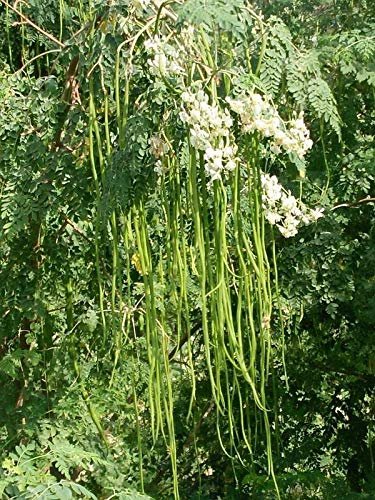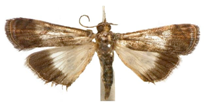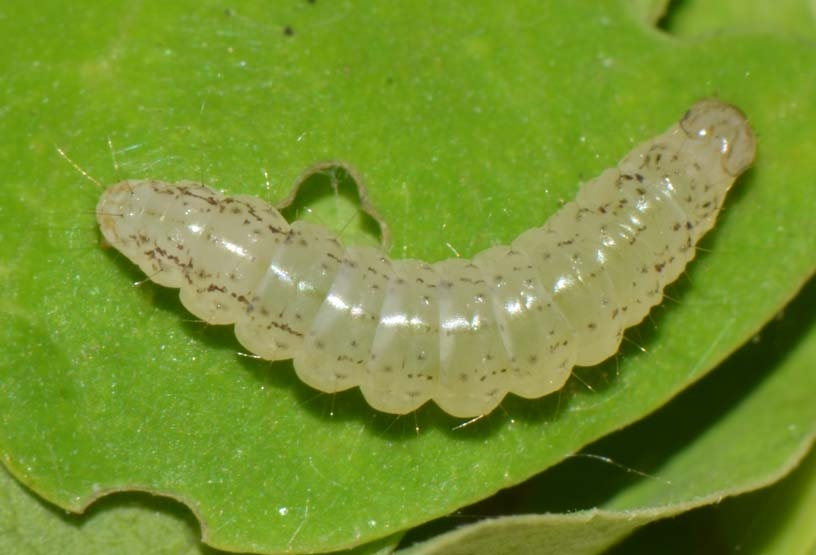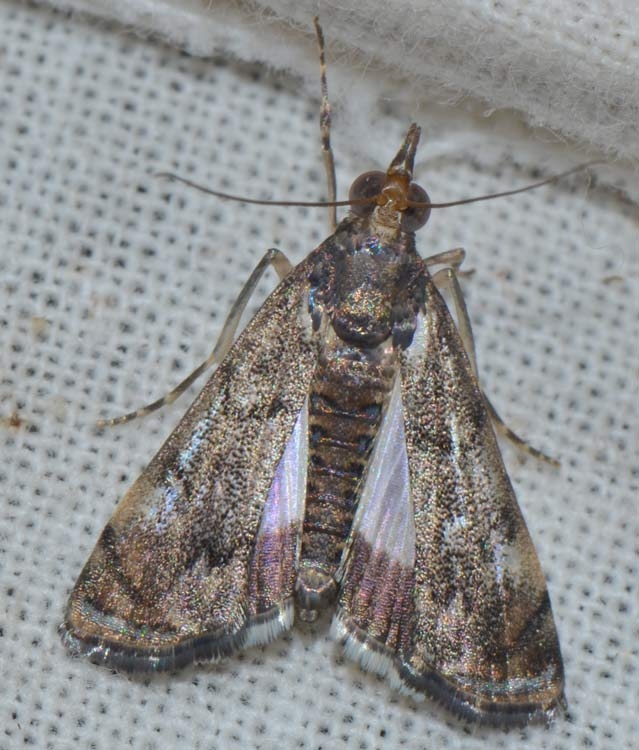PKM 1 and PKM 2.
3.ODC 3-

Soil –
Climate-
Planting is done during July – October
Irrigate before sowing, on 3rd day after sowing and subsequently at 10 to 15 days interval according to soil type.
1.Bud worm: Noorda moringae

Symptoms of damage:
Management:
|
2.Leaf caterpillar: Noorda blitealis


Symptoms of damage:
Management:
|
3.Hairy caterpillar – Eupterote mollifera
| ||
Symptoms of damage:
Management:
4.Pod fly: Gitona distigma
| ||
Harvesting starts 4th month after transplanting.
Yield: 50 – 55 tonnes of pods/ha (220 pods/tree/year)
Crop growing districts Dindigul, Thoothukudi, Theni, Karur, Tiruppur
Major markets in Tamil Nadu Dindigul, Periyar Vegetable Market, Koyambedu, Chennai Gandhi Market,
Oddanchathiram, Natchipalayam vegetable market, Coimbatore
Preferred Varieties and hybrids PKM 1, PKM 2
